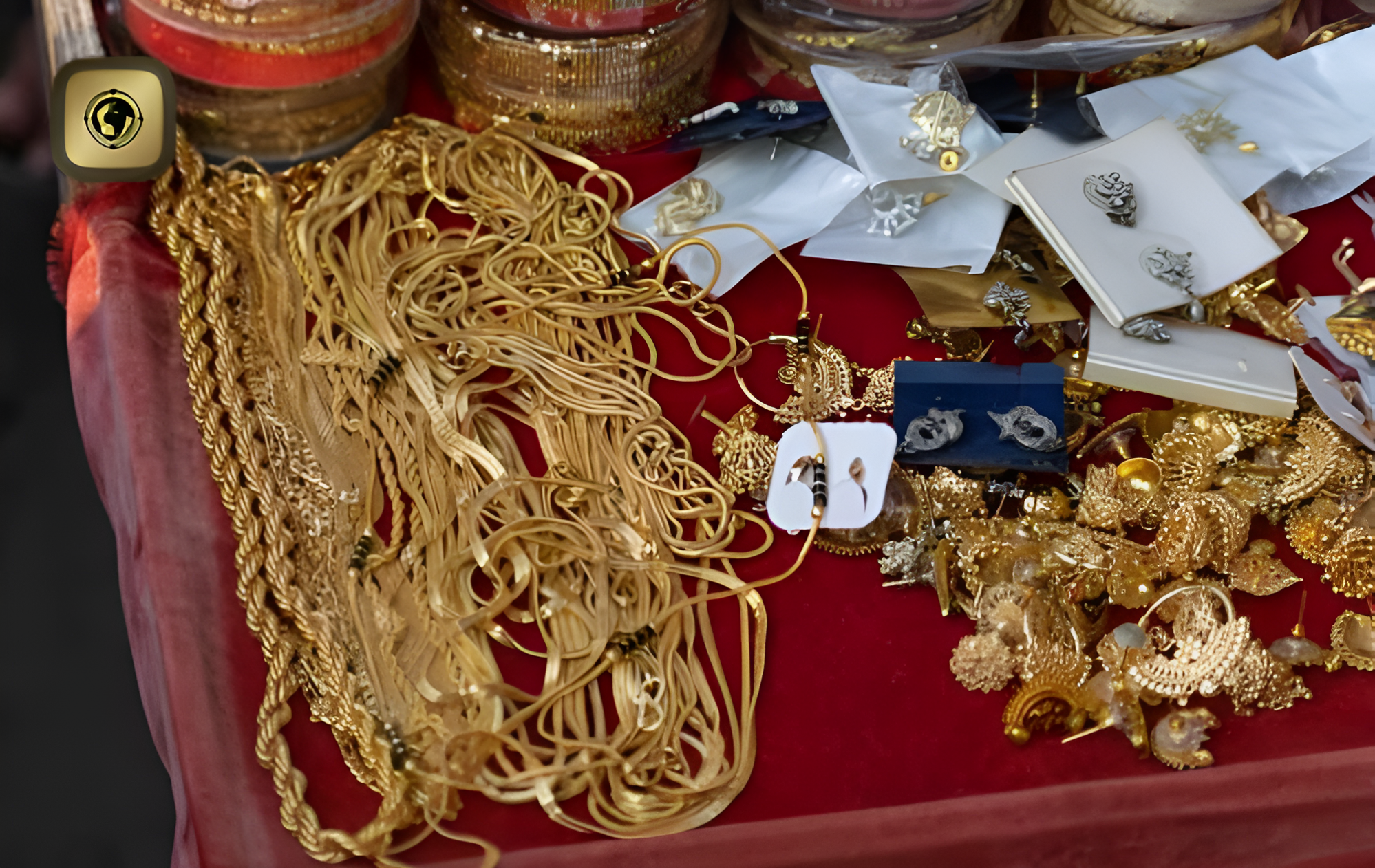April 1, 2025
- Jewellery is often considered the most valuable asset by many households. Numerous families still securely store gold and diamonds in a designated corner of a cupboard or inside a secured box. Yet, are these really secure? What happens if your house experiences a burglary, a natural disaster, or unexpected harm to your jewellery?
- In such situations, it’s essential to ensure they are protected with additional security measures. This protection can be achieved through bank safety lockers and insurance policies. In this article, we will explore both alternatives in detail.
Jewellery Insurance
Jewellery insurance is a relatively recent concept. Various home insurance plans offer protection for jewellery, provided the total value of the jewellery falls within a specified range. Otherwise, it’s necessary to secure separate insurance for your jewellery.
What it protects
Your jewellery insurance primarily covers the following:
• Damage caused by fire
• Theft and burglary of your valuables
• Damage resulting from natural disasters such as earthquakes, floods, storms, hurricanes, etc.
• Insurance coverage extends to items stored at home, in bank lockers, and in exhibitions
What it Doesn’t
Your jewellery insurance will exclude coverage for the following:
• Wear and tear from normal use, cleaning, servicing, or repairs.
• Damages that arise from intentional negligence
• Selling originally insured items to purchase a new one does not transfer the policy.
• Not disclosing relevant details when acquiring the policy can result in denied claims.
• Confiscation due to failure to meet EMI payments
Paperwork and Procedure
To obtain jewellery insurance, you must first compile a list of all items to be insured. Next, obtain valuation certificates for each piece of jewellery from reputable jewellers. The insurance cost will vary based on the total valuation.
Then, complete the relevant application form and attach all the valuation certificates. Once these are approved, you will need to pay the initial premium for the current year.
How Much Does It Cost To Buy Jewellery Insurance?
- The expense of jewellery insurance differs for each individual. There are standard plans available to choose from. However, if you prefer to tailor your insurance plan, the cost will fluctuate.
- The overall cost is based on the total values of each jewellery piece. You may contact the help center for an accurate cost estimate.
What to Watch Out for
When purchasing jewellery insurance, it is important to review the fine print of the policy document. Ensure that you understand whether you have complete or partial coverage.
All-risk cover (Complete coverage)
The all-risk cover provides you with 100% of the insured amount for each piece of jewellery in the event of a claim.
First-loss limit basis (Partial coverage)
However, the first-loss limit coverage offers only 25% to 40% of the insured amount. This percentage is determined by evaluating the partial damage that jewellery has endured and the funds needed for repairs.
Bank Safety Lockers
Bank lockers have been available for some time now. Most banks offer a limited number of lockers. A portion of these are reserved for high-paying clients, while the remainder are allocated on a first come first serve basis.
Paperwork and Procedure
In order to obtain a safety locker at a bank, it is essential to have a savings account with that bank. After that, you may request a locker by completing the required forms. After your application is approved, you will be allocated a locker. By paying the yearly rent, you are allowed to store your jewellery in the bank locker.
Cost Factor
For safety lockers at HDFC Bank, the fees are detailed in the table below.
Annual Bank Locker Rent in Different Regions (in INR)
| Extra Small | 1350 | 1100 | 1100 | 550 |
| Small | 2200 | 1650 | 1200 | 850 |
| Medium | 4000 | 3000 | 1550 | 1250 |
| Extra Medium | 4400 | 3300 | 2750 | 1500 |
| Large | 10000 | 7000 | 4000 | 3300 |
| Extra Large | 20000 | 15000 | 11000 | 9000 |
What to Be Aware Of
When purchasing a bank locker, you should be aware of
• Refund policy:
Check if you will receive a refund from the bank for the remaining months should you vacate the locker before the year ends.
• Additional charges:
Talk to the bank about any extra fees that may apply. Most banks limit the number of times you can access the locker; additional fees will apply after that limit is reached.
• Penalties:
If you misplace the locker key or damage the lock, you may incur penalties.
Conclusion – What to Select?
- Both insurance and a bank locker are excellent choices for safeguarding your jewelry against damage, theft, burglary, fires, natural disasters, etc. Bank lockers offer enhanced protection from theft that insurance coverage cannot provide. However, in the event of theft from a bank locker, it is only the policy cover that can reimburse you.
- The locker fees are considerably lower, and you can store as many valuable items as it accommodates. Conversely, the premium for jewelry insurance increases as you add more valuable items. Nonetheless, that extra cost can save you a substantial amount in unforeseen situations.
Disclaimer: The above information is intended for illustrative purposes only. For further details, please consult the policy wording and prospectus prior to finalizing the sale.



Leave A Comment